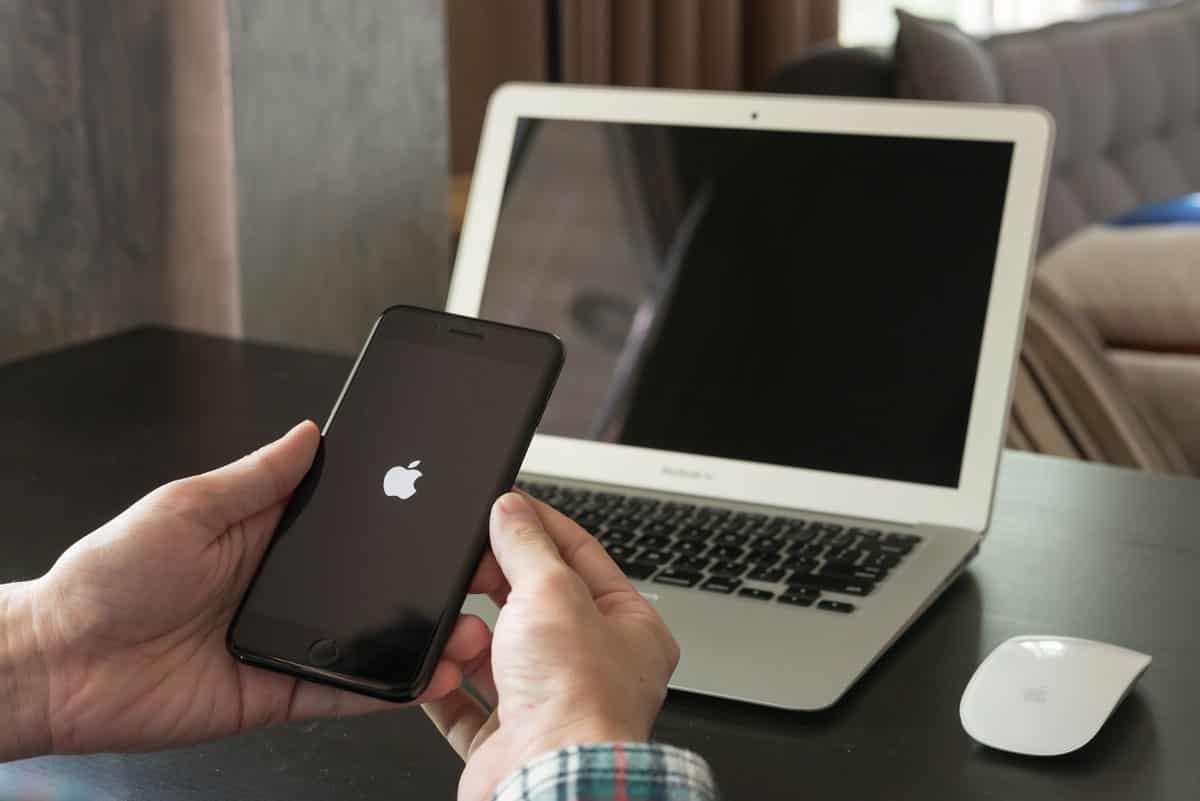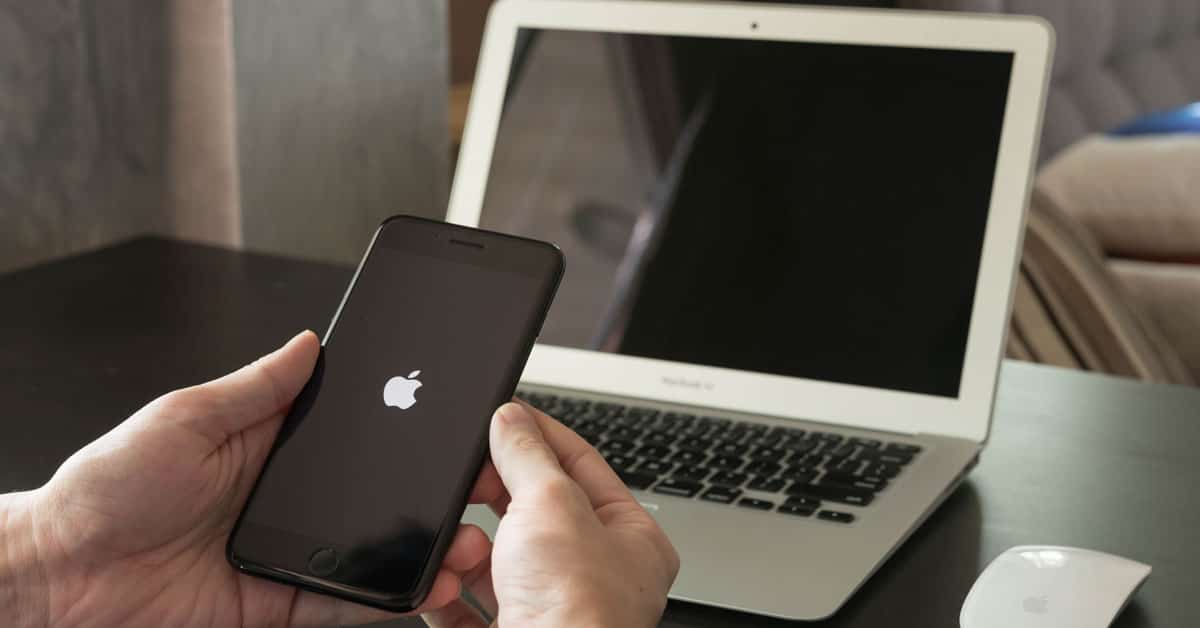Jean-Louis Gassée has an excellent piece on the future of desktop and mobile operating systems. It includes some lore—including that time Apple tried to buy a a code dump of BeOS from Palm—and some interesting speculation on the future. Both are well worth your time, and it got me thinking about an old interview of Steve Jobs from the mid-1990s.
Here are some highlights from Jean-Louis Gassée’s piece:
An ex-Apple acquaintance recently told me there are something like 10,000 “open” bugs on an on-going basis. The number that are urgent is, of course, a fraction of the gamut, but like any mature operating system, macOS has become a battlefield of patch upon patch upon patch.
[…]
At the time that Apple’s smartphone project began, an Apple employee and former Be engineer offered Palm Inc. $800K for a BeOS “code dump” — just the code, no support, no royalties. The engineer was highly respected for his skill in mating software to unfamiliar hardware; BeOS was a small, light operating system; draw your own conclusion
[…]
A couple of friends of mine, unknown to each other, posited a scenario in which we carry our smartphone around with us and then, when we reach our office or home desk, plunk it down next to a large screen and keyboard+trackpad combo. The mobile device connects wirelessly and, presto, the comforts of desktop computing. Surely, they both said, this is just a matter of software and time.
Go read it. It’s good.
Steve’s Vision of Taking His Desktop with Him
I’ll one-up Mr. Gassée here with something that has stuck with me for almost 20 years. It was an interview with Steve Jobs during his transition from NeXT back to Apple. The thing that struck me was him talking about the magic of logging into his NeXT desktop from any NeXT station. I mean the GUI, too, not just a command line.
I’ve tried and tried to find that piece since, but can’t. It was with a mainstream publication that either went under or underwent so many overhauls the archives got hosed. If you recall it, drop a note in the comments.
It always seemed like a magical idea. Sure, this is essentially Unix at its heart, but true my-desktop-goes-with-me-anywhere-on-any-device is still little more than science fiction. With security being what it is, I am much more taken with the idea of hauling my desktop and its data with me—in my pocket—and accessing it like it was a proper Mac wherever I am.
Think displays you can project or roll up and an interface that changes according to the task you are doing. Reading email? What we think of iOS is great. Doing research and writing? Give me a keyboard, mouse, display, and macOS, thank you. Being able to do either with the same device as your engine would be magical.

It’s sort of the antithesis of Microsoft’s approach of making one operating system serve two masters—mobile and desktop. This is what Tim Cook called the ToasterFridge. Keeping the operating systems separate—like Apple has done—makes more sense to me. Being able to eventually serve them up from the same device seems even better.
Still Alive?
This concept must surely still be alive at Apple. Clearly Apple didn’t pursue the so-called “thin client” model of the early 2000s that would have seen desktops being dished out by a server. But that vision Steve Jobs had of taking your desktop with you everywhere is surely cooking in the labs at Apple.
If so, when technology advances far enough to makes such dreams reality, we might see the reverse ToasterFridge: an Apple device that serves the proper operating system suited to our tasks, with all our data in one-central place—on that device.
Such a vision plays directly into Tim Cook’s approach to data security, and it dovetails with such far-fetched rumors as Apple working to port macOS to ARM processors. It’s also precisely the sort of leapfrogging Apple does so well.
One way or another, I hope this vision is alive at Apple. It’s definitely a future I’d embrace.

Speaking of the reverse toaster / fridge, it looks like MS has achieved that with the Windows 10 on ARM initiative announced just a couple of days ago. Here’s a great post related to that:
http://getwired.com/2016/12/08/windows-10-on-arm-what-does-it-mean/
“This looks to be, as it should be, a more side-by-side emulation. Run a UWP app, and all of your resources are running on the ARM side natively. Run a legacy app, and all your resources are running on the x86 side. Again, the experience should be much like running 32-bit applications on 64-bit Windows, without directory tricks to do it. That’s certainly what I saw in Terry’s demo. Importantly, this means a couple of things. First, you service the whole thing together. This isn’t a VM, and doesn’t require additional steps to service it. Second, where Terry mentions “CHPE = Compiled Hybrid Portable Executable” here, unless I’m misunderstanding, he’s saying that Windows 10 on ARM is basically running fat binaries. It’s two, two, two OS’s in one.“
In 2011, Steve Jobs laid down the vision of iCloud being the Hub of your devices. This is the vision that Apple is pursuing today. I could be wrong, but I don’t see them making a toaster-fridge or a reverse one.
https://www.youtube.com/watch?v=rnzCnPSQM7c
Apple analyst, Neil Cybart also posted a great article on the “Apple experience” which ties in with the iCloud strategy
https://www.aboveavalon.com/notes/2016/6/22/wwdc-clues-hint-at-apples-post-iphone-era
This sounds good to me, I would embrace this too. Things like Handoff, Swift, and the new upcoming file system for macOS seem to point in this direction too.
For me, the keywords here is “on that device”. I am not a fan of having everything in a Cloud, syncing some things for connivence is okay, but not everything.
I would imagine that at some point macOS, iOS, tvOS, and watchOS will eventually just be appleOS. Whether that means they are merged together or replaced by something new remains to be seen. I think it will be like a MacOS 9 to Mac OS X type transition.
I would be over the moon if Apple simply rewrote macOS in Swift, or made a new OS using Swift. I may complain a lot lately about the lack of new Mac hardware and professional Mac software updates, but I love Swift.
To me, Microsoft’s approach to taking a person’s desktop with them is all Cloud based. For example, if a person has a Microsoft account, OneDrive, and Windows 10, they can login to any other Windows 10 machine and all of their setting and document are there. (Yes, I just admitted to have actually used Windows 10, but I promise it is only in a virtual machine and I wash my hands after each use.) Microsoft seems to think that people cannot wait to have all their data mysteriously floating around anonymous data-centers.